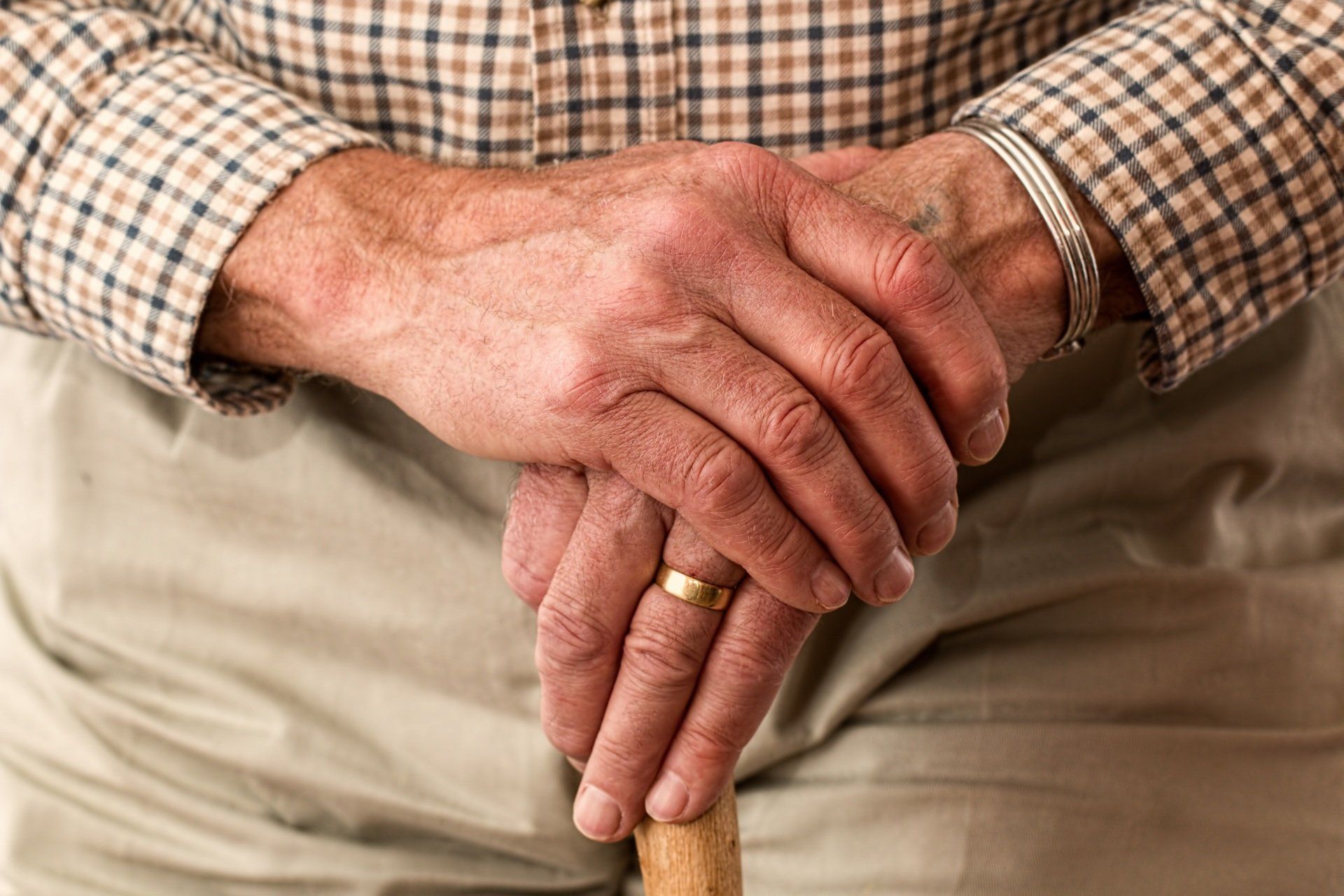Parkinson's disease, a neurodegenerative disorder, brings challenges that extend beyond physical symptoms, impacting the lives of individuals and their families. This article seeks to illuminate the nature of Parkinson's, exploring its definition, causes, symptoms, different types, and steps that may contribute to prevention or delayed onset.
Defining Parkinson's
Parkinson's disease is a progressive neurological disorder that affects movement control. Named after Dr. James Parkinson, who first described the condition in 1817, the disease results from the gradual degeneration of certain nerve cells in the brain, leading to a range of motor and non-motor symptoms.
Causes of Parkinson's
While the exact cause remains elusive, Parkinson's is associated with the loss of dopamine-producing cells in the brain. Several factors may contribute, including genetic predisposition, environmental factors, and aging. The interplay of these elements contributes to the complex etiology of the disease.
Symptoms of Parkinson's:
Parkinson's manifests with a spectrum of symptoms, both motor and non-motor:
1. Tremors: Involuntary shaking, often in the hands.
2. Bradykinesia: Slowed movements and difficulty initiating them.
3. Stiffness: Rigidity in muscles, leading to discomfort.
4. Postural Instability: Difficulty maintaining balance and coordination.
5. Non-motor Symptoms: Cognitive changes, mood swings, sleep disturbances, and autonomic dysfunction.
The progression of symptoms varies among individuals, making each experience unique.
Types of Parkinson's:
Parkinson's disease is commonly categorized into two main types:
1. Idiopathic Parkinson's Disease (IPD)
The most common form, IPD, has no identifiable cause and is likely influenced by a combination of genetic and environmental factors.
2. Secondary Parkinsonism
Resulting from other conditions or external factors, secondary parkinsonism may be caused by drug-induced reactions, head trauma, or specific neurodegenerative disorders.
Steps to Prevent Parkinson's:
While Parkinson's prevention strategies are not foolproof, certain lifestyle choices may contribute to a reduced risk or delayed onset:
1. Regular Exercise
Engaging in physical activity, especially aerobic exercise, has been associated with a lower risk of developing Parkinson's.
2. Healthy Diet
A balanced diet rich in antioxidants, omega-3 fatty acids, and other nutrients may have protective effects.
3. Cognitive Stimulation
Mentally stimulating activities, such as puzzles and games, may contribute to brain health.
4. Adequate Sleep
Prioritize quality sleep, as disrupted sleep patterns have been linked to a higher risk of Parkinson's.
5. Avoiding Toxins
Minimize exposure to environmental toxins, such as pesticides and herbicides, which may contribute to Parkinson's risk.
Parkinson's disease presents a complex and multifaceted challenge, impacting individuals physically and emotionally. While there is no definitive cure, understanding the nature of Parkinson's, recognizing its symptoms, and adopting lifestyle choices that promote overall health may contribute to a reduced risk or delayed onset. Research continues to unravel the mysteries of Parkinson's, providing hope for improved treatments and, ultimately, a future without this challenging condition.

